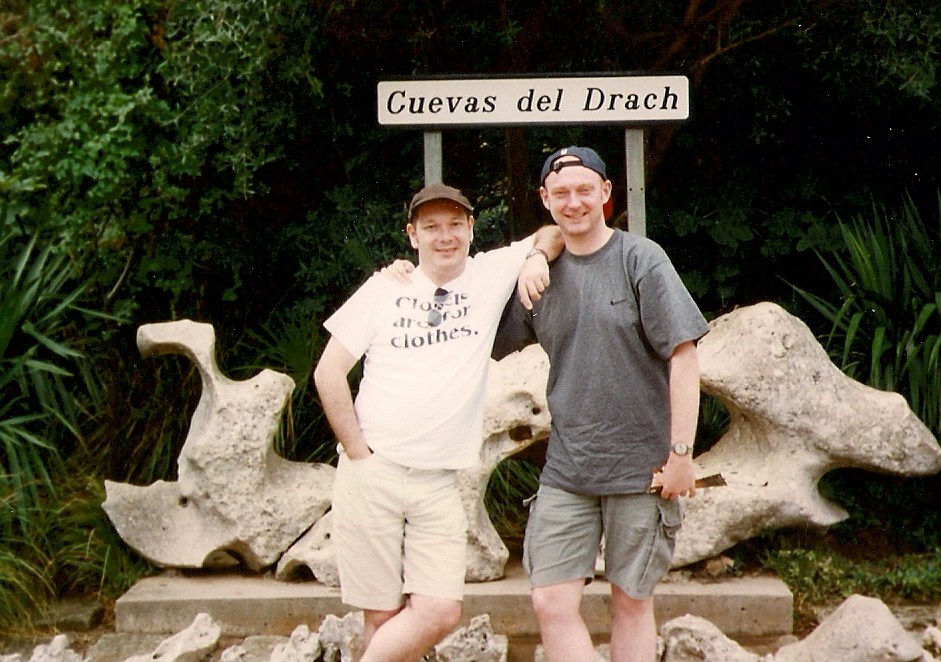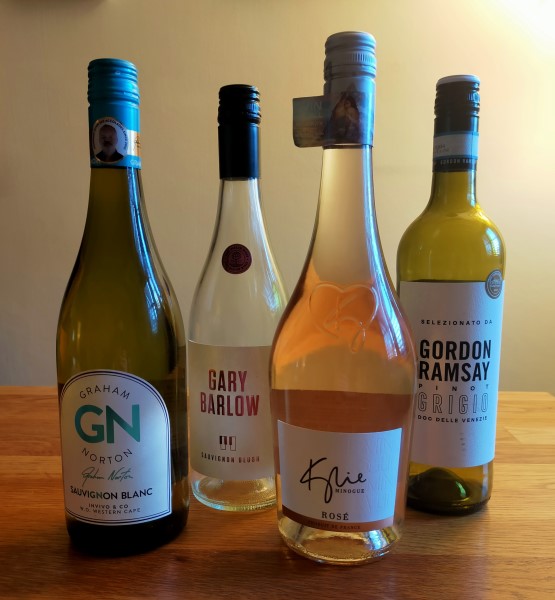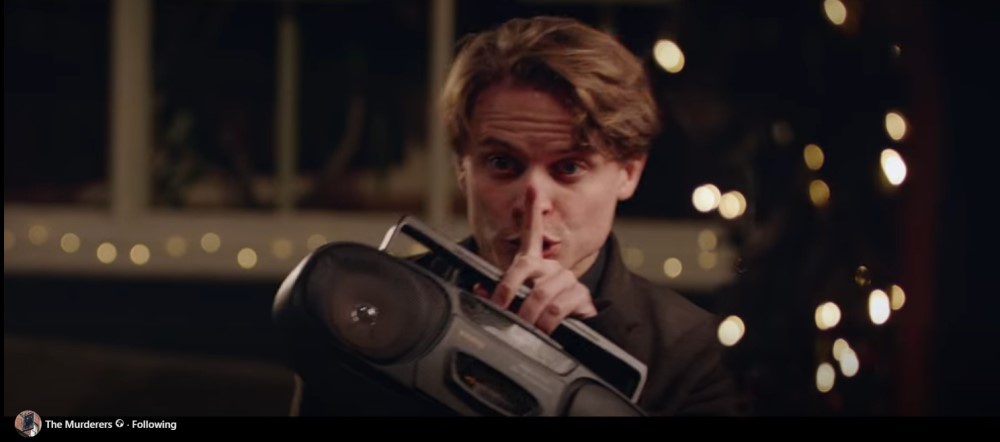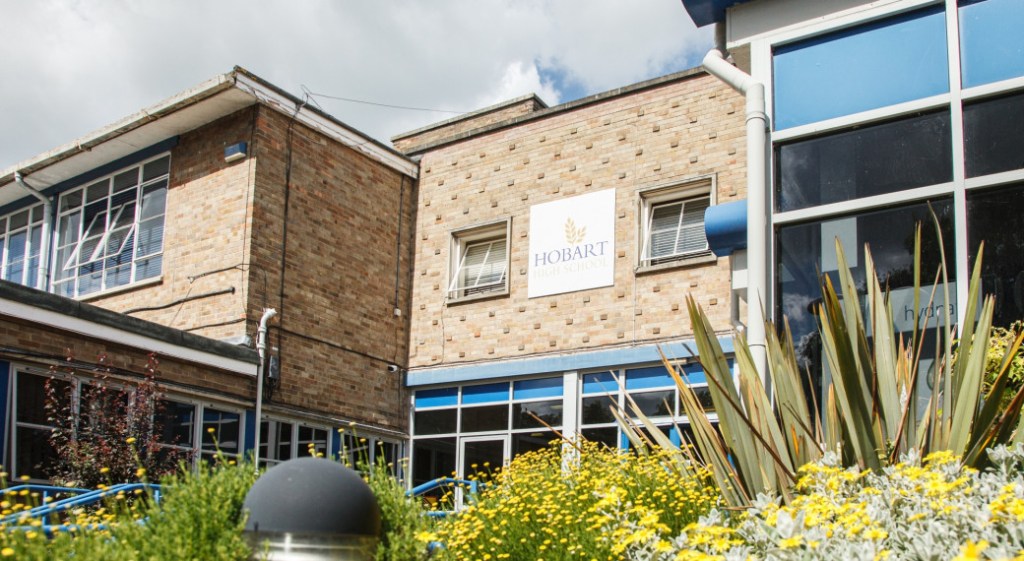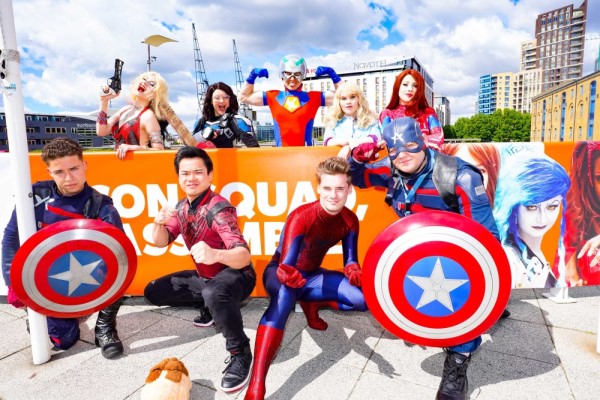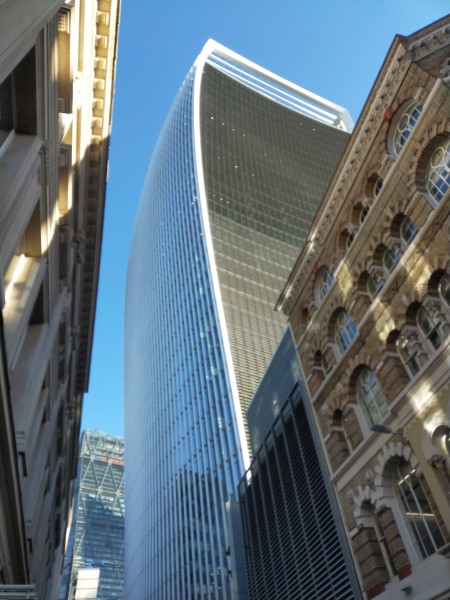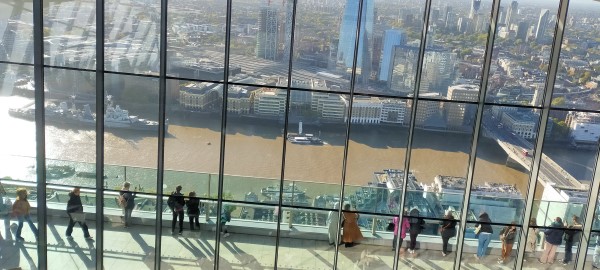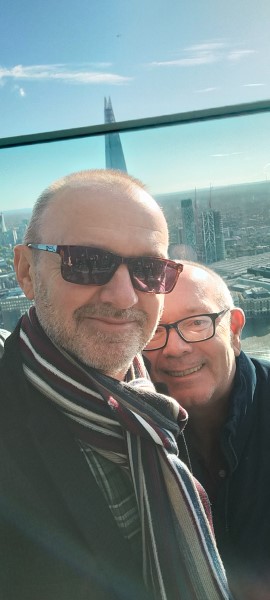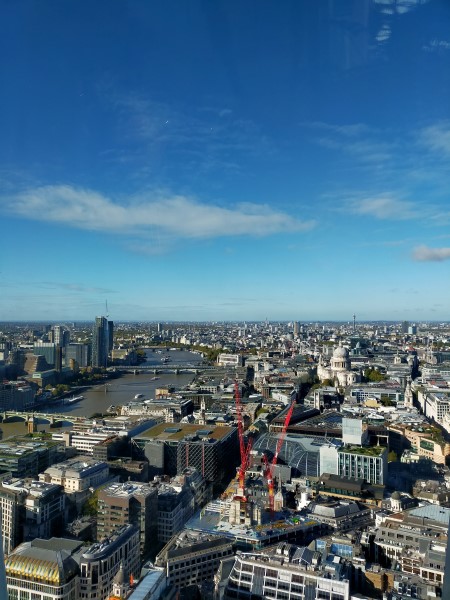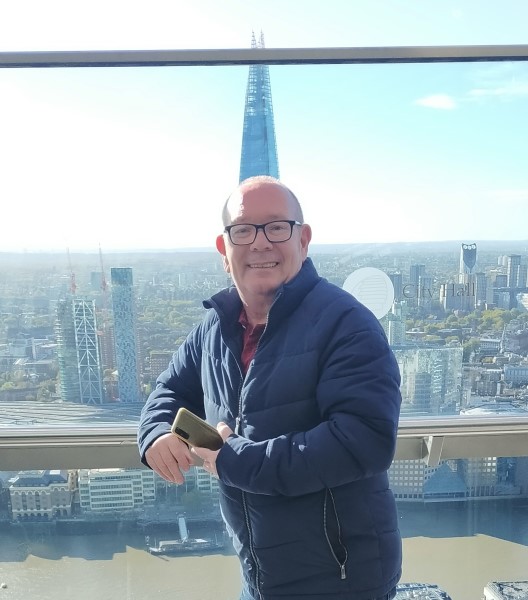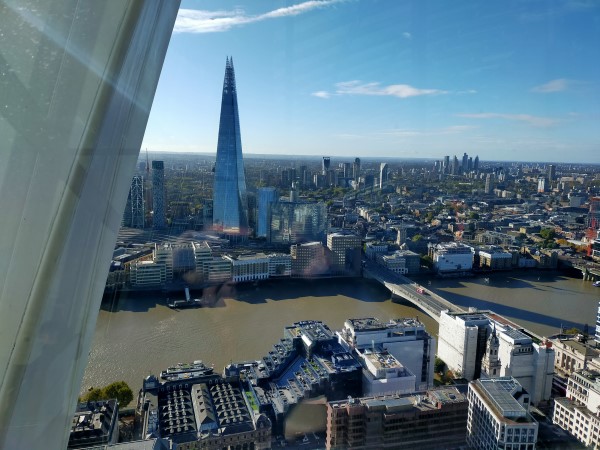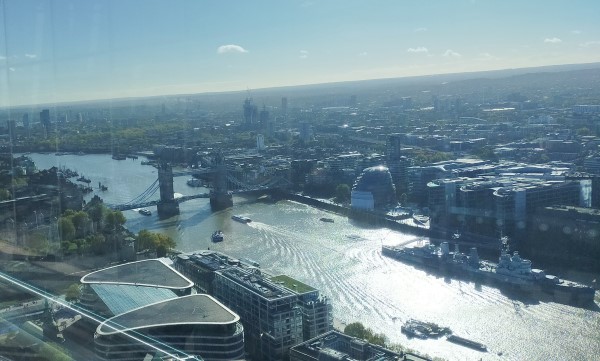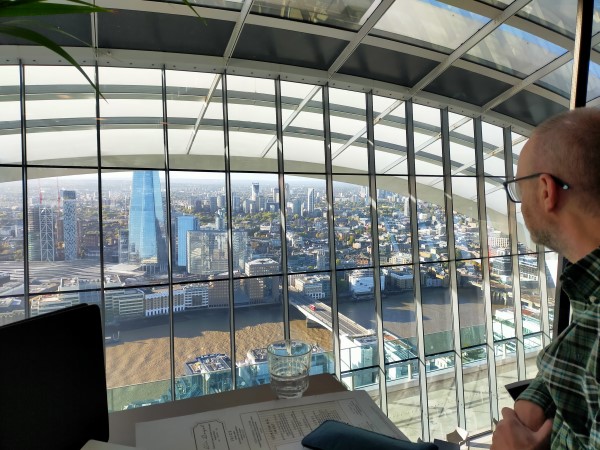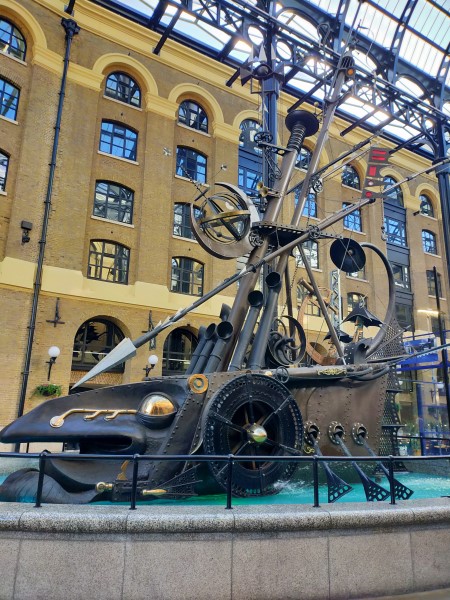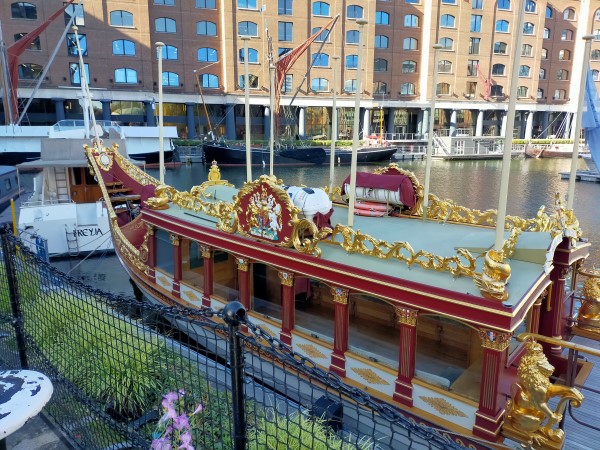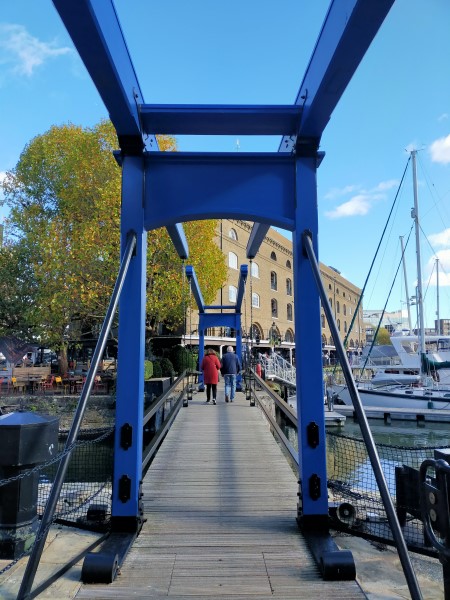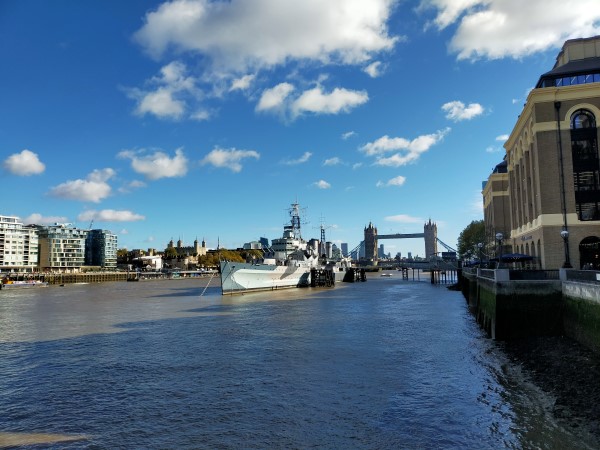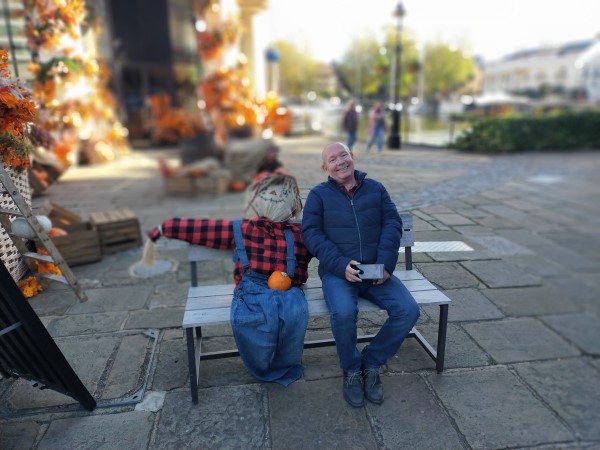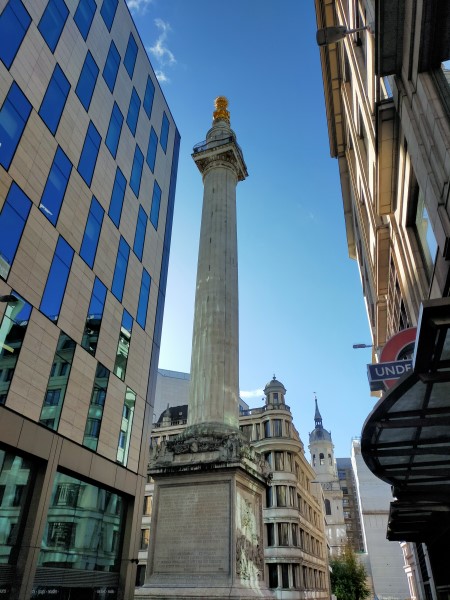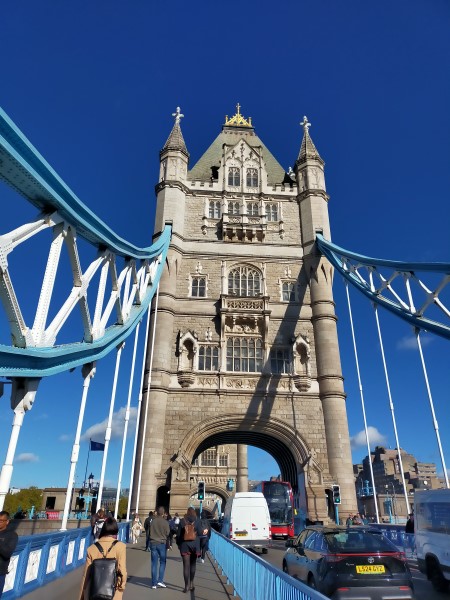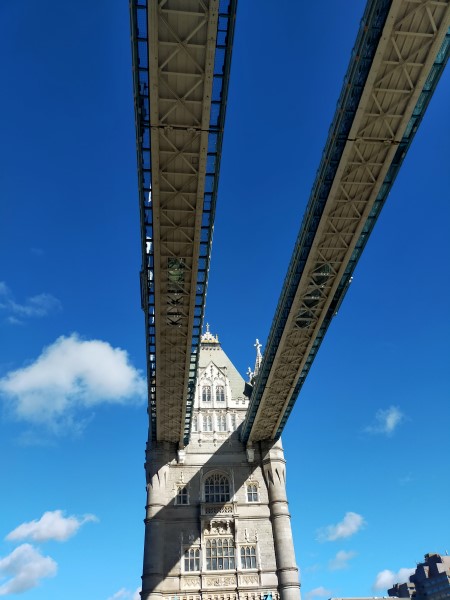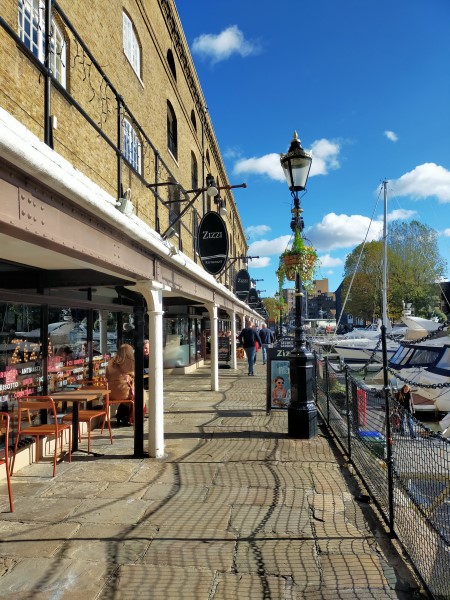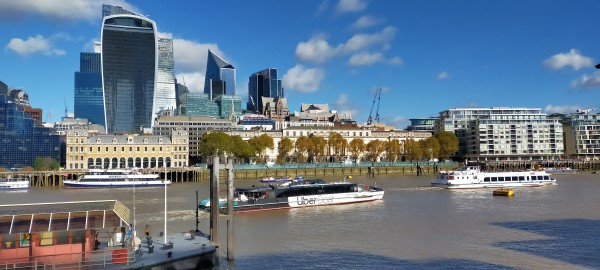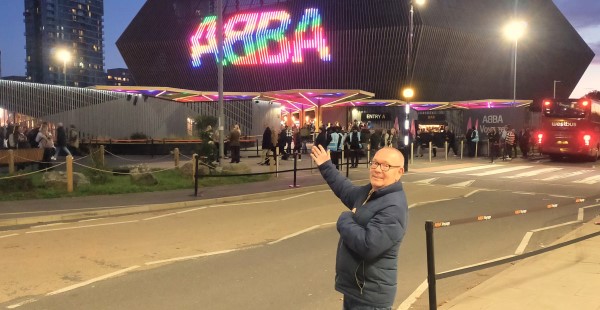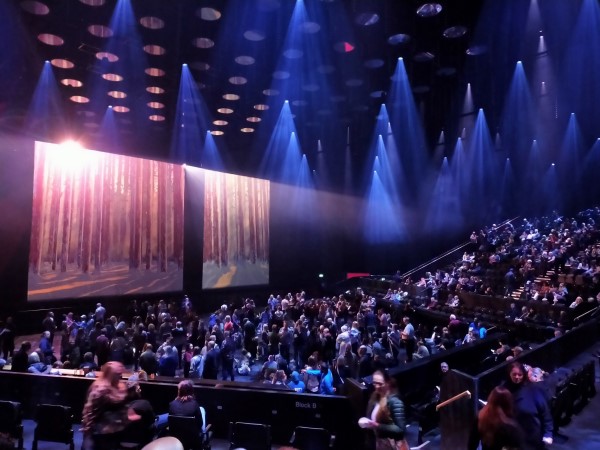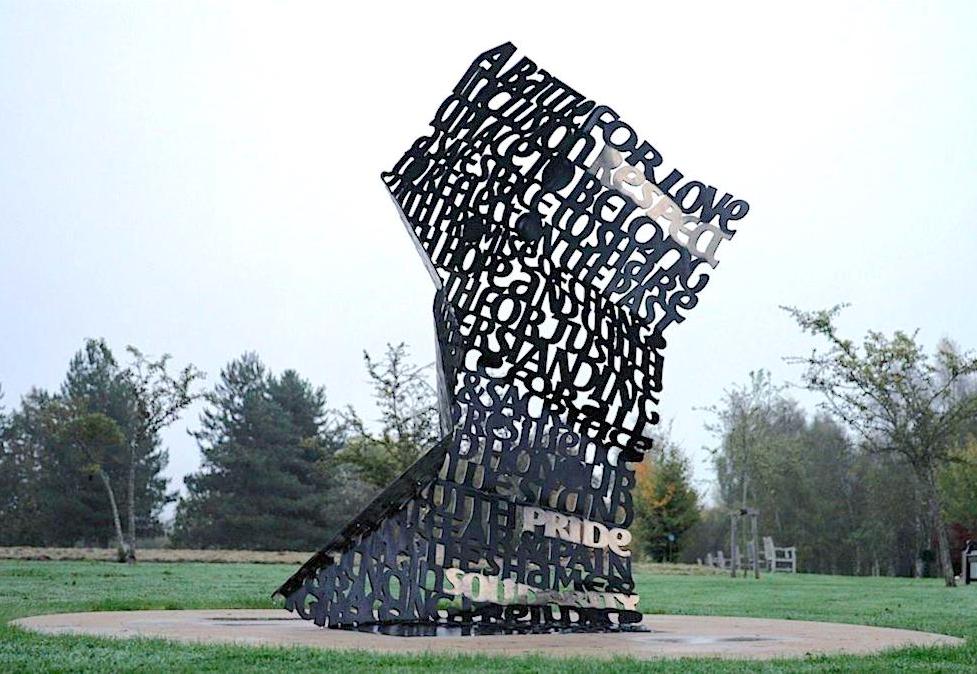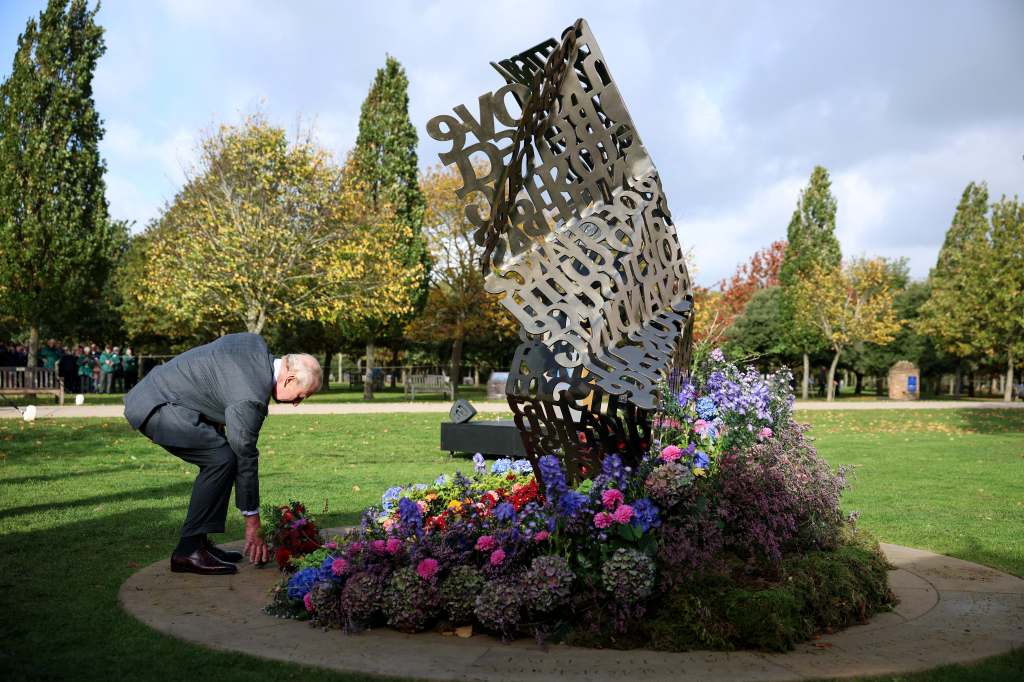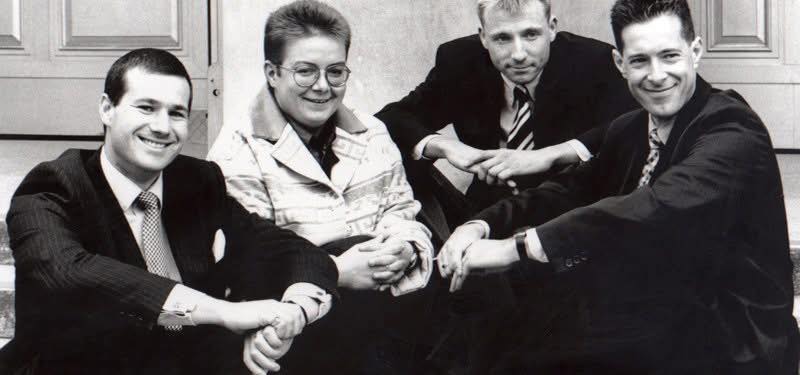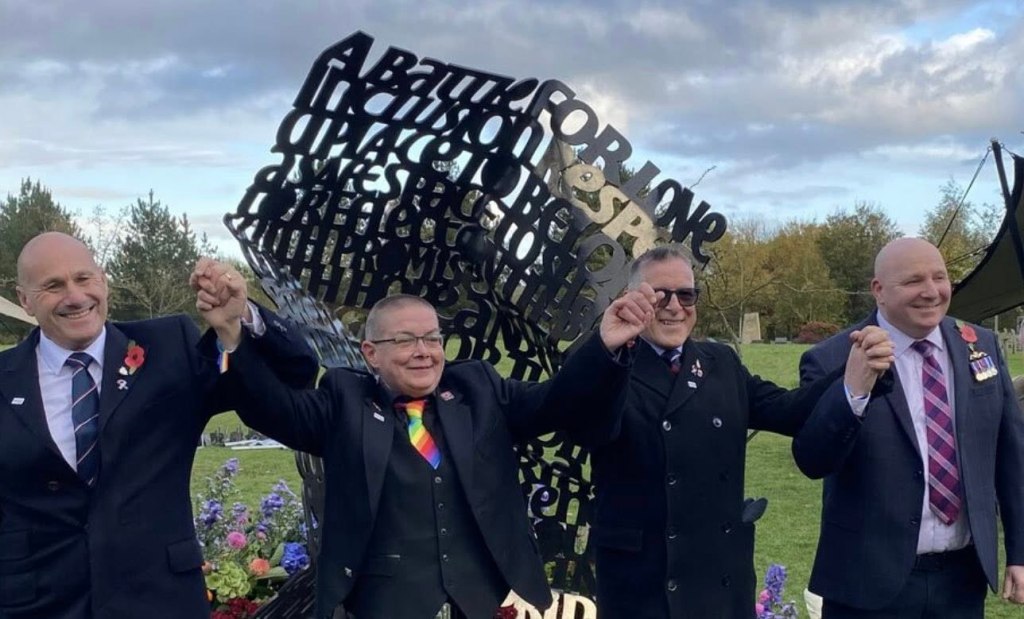Yes, folks, it’s that time again when I look back at another year of my missives from the sticks. The most popular broadcasts of 2025 have a distinctly nostalgic feel, with the leader-board dominated by anniversaries and commemorations, righting wrongs, resurrected traditions, memory lanes and old haunts, and topped with a trip to the seaside.
Numbers-wise, Perking the Pansies enjoyed the best year since 2014, so there’s still some life in the old blog yet. Blimey!
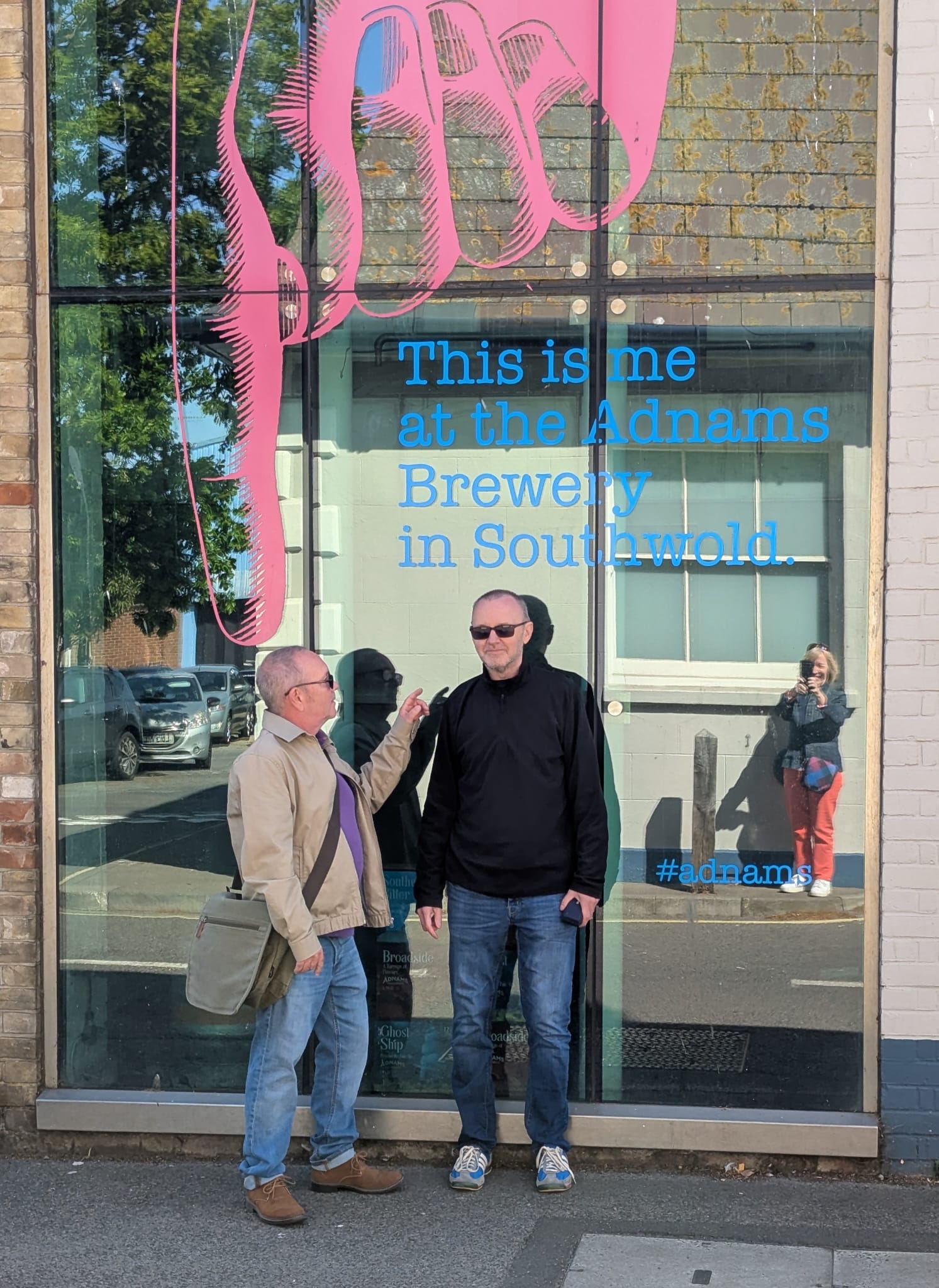

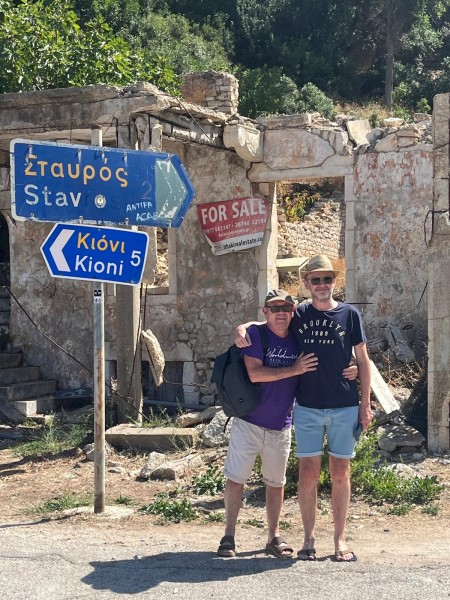


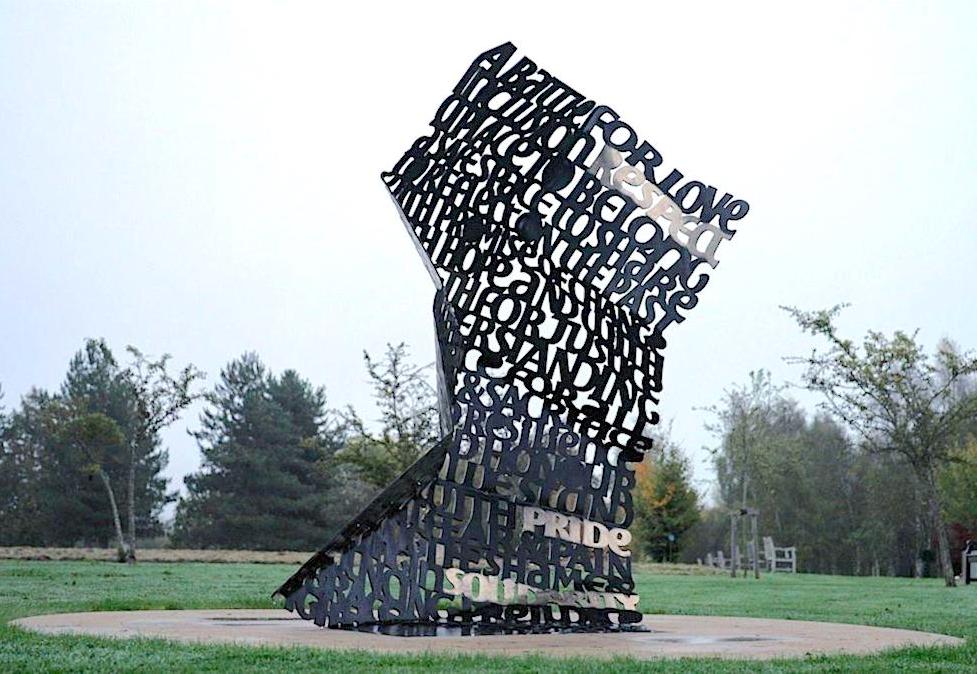
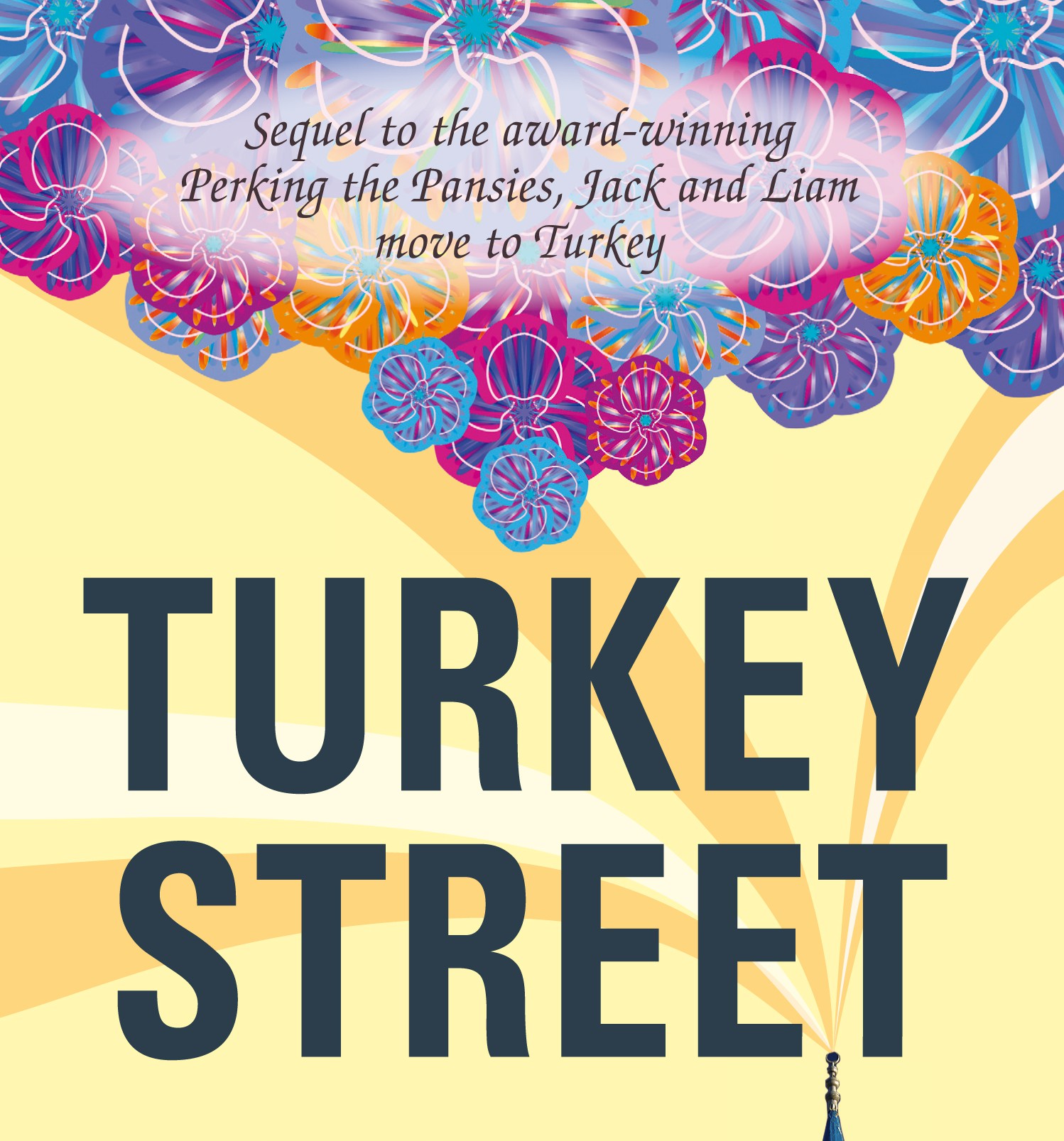

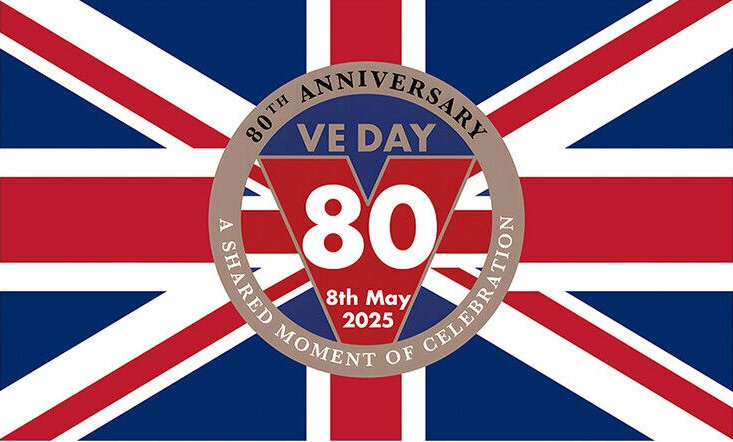
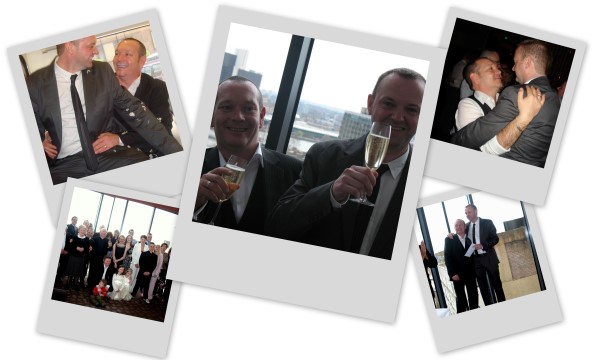
Oh, I Do Like to Be Beside the Seaside
What better way to spend a sunny spring afternoon than a trip to the seaside? We’d never been to Southwold, the classy resort on the Suffolk coast because, without our own wheels, it’s a bit of a trek. So an equally classy neighbour took pity on us and offered to take us. We had a…
Idyllic Ithaca – the Return
It’s taken quite a while but we’ve finally recovered from our frolic-filled sojourn on Ithaca. For our second expedition, we were accompanied by a couple of fellow village people who added an extra helping of spice to the mix. We had a ball. We haven’t laughed so much in years. It was well worth the…
Nowt as Queer as Folk
Ours is a quiet little village where little happens except for occasional (but mercifully rare) low-level anti-social behaviour – like bored teens on the wacky baccy and cheap cider mucking about down by the river. But there’s one misdemeanour guaranteed to get everyone’s blood boiling – dog poo. Man’s (and woman’s) best friend is big…
Turkey Street with Bettany Hughes
People who know me know that I love an old ruin. Nothing gets me going more than a pile of ancient tumbledown stones. When I can’t visit ’em, I watch programmes about ’em on the box. And few TV pundits get the sap rising better than classical scholar Bettany Hughes. Buxom Bettany flits and flirts…
End of a Vera
I am bereft. After 14 series over 13 years, we’ve just watched the final two episodes of Vera, featuring the dishevelled and irascible detective from the fictitious Northumberland and City Police Force, played with great panache by the wonderful Brenda Blethyn. Based in and around England’s most northerly county, Vera blends the gritty streets of…
Okay, You, One Sentence Should Do It
Our double anniversary has sneaked up on us again – 19 years since our eyes met across a busy West End gay bar fit to bursting with a gossipy after-work crowd, and 17 years since we got hitched. This year, we’ve decided to push the boat out and paddle down the Seine. Yes, we’re off…
Lest We Forget
We joined the enthusiastic crowd of locals gathered on Church Plain in front of the Loddon War Memorial to celebrate the 80th anniversary of VE Day – the end of the Second World War in Europe. The organisers did a splendid job. So too did the kids from the local primary school who serenaded us…
Happy Birthday, Perking the Pansies
“In the beginning there was work and work was God. After 35 years in the business, the endless predictability made me question the Faith. Liam, on the other hand, was neither bored nor unchallenged but was routinely subjected to the ephemeral demands of a capricious boss, a soft and warm Christmas tree fairy with a…
LGBT Armed Forces Memorial – No More Shame
Last month, His Maj, King Charles, dedicated the first national memorial honouring LGBT armed forces personnel, 25 years after the ban on LGBT people serving in the military was lifted. Before this, those who were – or who were thought to be – gay or transgender were subjected to interrogation and discharge, a brutal and utterly needless…
Dwile Flonking
A couple of summers ago, I wrote a tongue in cheek piece about Dwile flonking, a notorious East Anglian pub game involving two teams of twelve players, each taking a turn to girt (dance) around the other while attempting to avoid a beer-soaked dwile (cloth) flonked (flung) by the non-girting team. Imagine my amazement to…
Once again, a five-year-old tongue twisting post about a game old bird fit for the pot took centre stage – all thanks to the magic of AI. In fact, it’s currently the most popular post of all time. Blimey!
I’m Not a Pheasant Plucker
When I put food out for the birds, I don’t expect a big fat pheasant to waddle along and scoff the lot. Bold as brass it was. Where’s the pheasant plucker when you need him? I feel a tongue twister coming on. I’m not the pheasant plucker, I’m the pheasant plucker’s mate, And I’m only…
And what was the most popular image of the year? Drum roll please…
This image of John Garner and me from our first holiday together – to Majorca. Anything that keeps alive the memory of an extraordinary young man is fine by me. As I once wrote in a book…
I remembered John cuddling a weeping stranger at London Pride after the red balloons had been released, each one commemorating someone who had died of AIDS. I remembered John buying a McDonald’s Happy Meal and handing it, without a word, to a beggar on the street. I remembered John helping a drunken tramp to his feet because he’d fallen over and cut his face. I remembered his quick wit and winning smile that lit up my life.
Perking the Pansies, Chapter 15, Jack’s Guardian Angel
Happy New Year to one and all. If I were the praying kind, I’d be straight down on my knees wishing for a lot more peace, goodwill and glad tidings in 2026.
